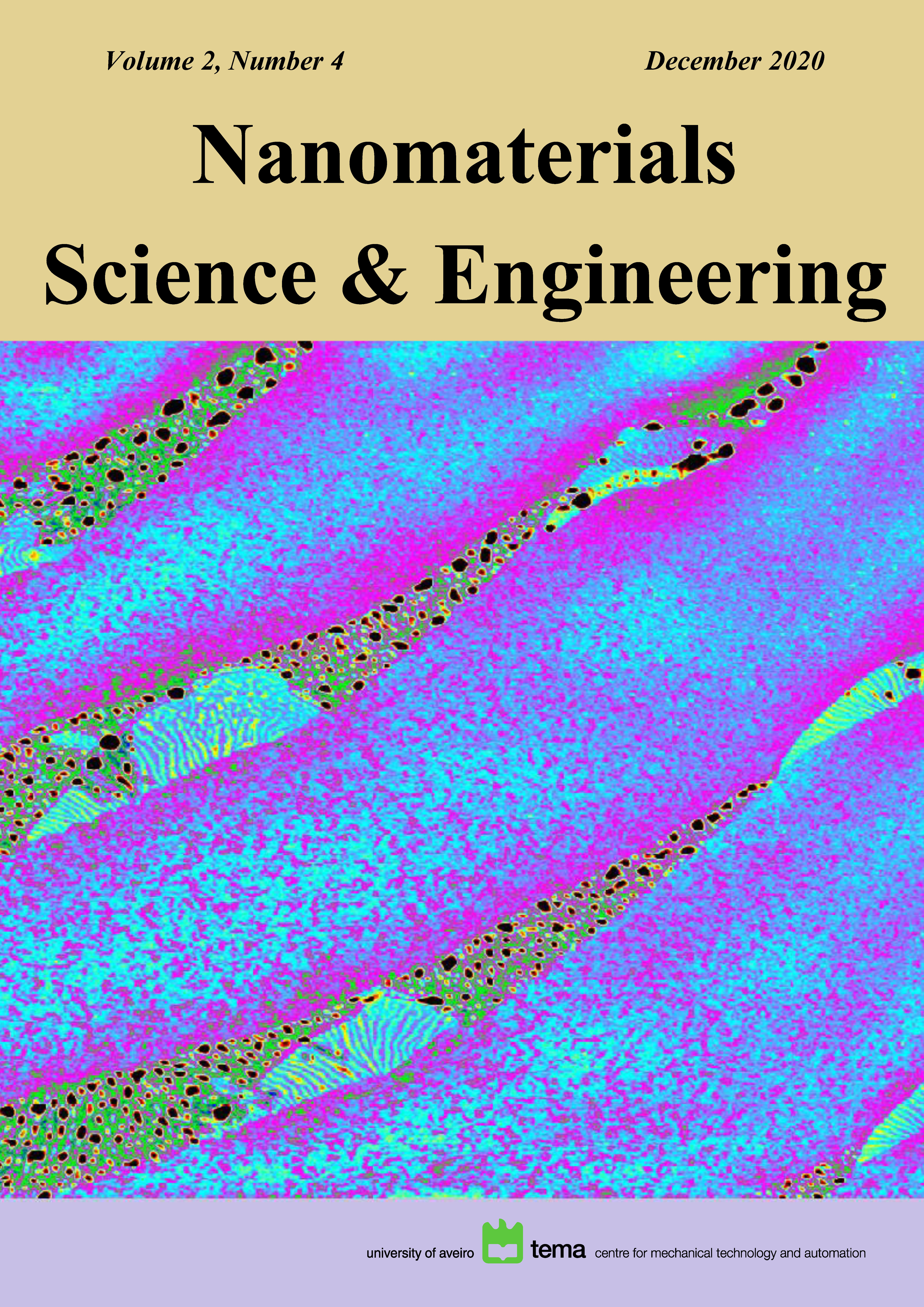Improved performance of Silicon solar cells by ZnMgO front laye
Abstract
Silicon solar cells play a dominant role in the photovoltaic market. However, their manufacturing process is quite expensive and involves complex processes. Therefore, new materials are intensively explored for the aim of potentially higher efficiency and lower cost solar cells.
ZnMgO alloy is a very promising transparent conductive oxide layer and which acts as front layer as well as an anti-reflective coating in silicon solar cells reducing costs and complexity of process.
Numerical simulation using the SCAPS-1D software enables to find the optimized parameters of p-Si/ZnMgO hetero-junction in comparison with the structure comprising ZnO front layer. Even with the effect of stress caused by the high lattice mismatch at the ZnMgO/Si interface, our calculations show a conversion efficiency of 16.57%.The introduction of a thin layer of hydrogenated amorphous silicon improves the cell output performance to 17.14%.
Copyright (c) 2020 Nanomaterials Science & Engineering

This work is licensed under a Creative Commons Attribution-NonCommercial 4.0 International License.
Copyright Information
Authors who publish in the Nanomaterials Science & Engineering agree to the following terms:
- Authors retain copyright and grant the journal right of first publication with the work simultaneously licensed under a Creative Commons Attribution License that allows others to share the work with an acknowledgement of the work's authorship and initial publication in this journal.
- Authors are able to enter into separate, additional contractual arrangements for the non-exclusive distribution of the journal's published version of the work (e.g., post it to an institutional repository or publish it in a book), with an acknowledgement of its initial publication in this journal.
- Authors are permitted and encouraged to post their work online (e.g., in institutional repositories or on their website) after publication, as it can lead to productive exchanges, as well as earlier and greater citation of published work.
Copyrights to illustrations published in the journal remain with their current copyright holders.
It is the author's responsibility to obtain permission to quote from copyright sources.
Any fees required to obtain illustrations or to secure copyright permissions are the responsibility of authors.





